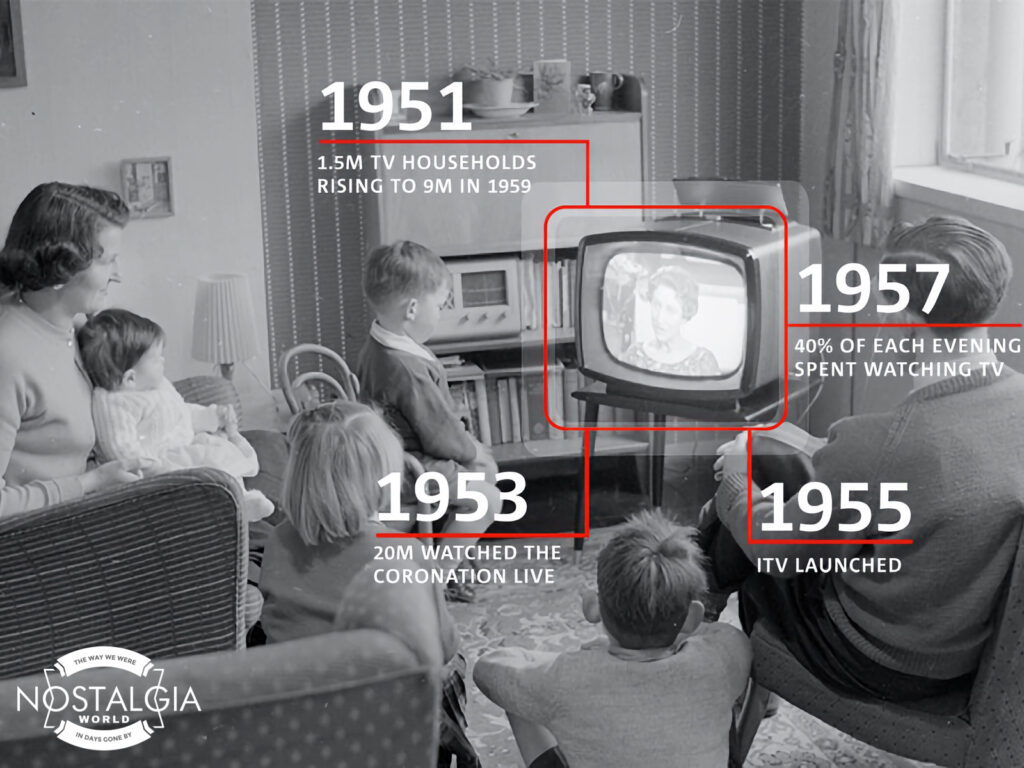The 1950s marked a significant turning point in the history of television in Britain. After the end of World War II, the nation was experiencing a period of recovery and rebuilding, and television played a crucial role in shaping the cultural landscape of the time.
Television broadcasting in Britain officially began in 1936 with the launch of the BBC Television Service. However, due to the outbreak of the war, television production was halted, and it wasn’t until the 1950s that the medium truly began to flourish.
In 1951, the BBC resumed regular television broadcasts, and the number of television sets in British households started to increase steadily. Initially, the programming was limited, with only a few hours of content per day, and the audience was relatively small. However, as the decade progressed, television sets became more affordable, and the appeal of this new form of entertainment grew exponentially.
One of the key factors that contributed to the rise of television in the 1950s was the Coronation of Queen Elizabeth II in 1953. The event was broadcast live, and it became a defining moment in British television history. Millions of people across the country gathered around their television sets to witness the historic event, solidifying television’s place as a central medium for national events and communal viewing experiences.
As television became more prevalent, the BBC faced competition from commercial broadcasters. In 1955, the Independent Television Authority (ITA) was established, leading to the launch of the first independent television channel, ITV, in 1955. This marked a significant shift in the broadcasting landscape, as ITV introduced competition and a wider range of programming choices for viewers.
The 1950s also saw the emergence of iconic television programs that would go on to become cultural phenomena. Shows like “The Grove Family,” “Sunday Night at the London Palladium,” and “Hancock’s Half Hour” captured the imagination of the nation and established the template for future television programming.
The rise of television in the 1950s had a profound impact on society. It brought entertainment and information into people’s homes, transforming the way people spent their leisure time and fostering a shared cultural experience. Television became a powerful tool for advertisers, shaping consumer behavior and popularizing new products and trends.
By the end of the decade, television had firmly established itself as a dominant medium in British society. The number of television sets had skyrocketed, and the programming had become more diverse and engaging. The 1950s laid the foundation for the television revolution that would continue to shape British culture in the following decades.
Today, the rise of television in the 1950s is seen as a pivotal moment in the history of media and communication. It marked the beginning of a new era of entertainment and information dissemination, paving the way for the television-dominated society we live in today.





